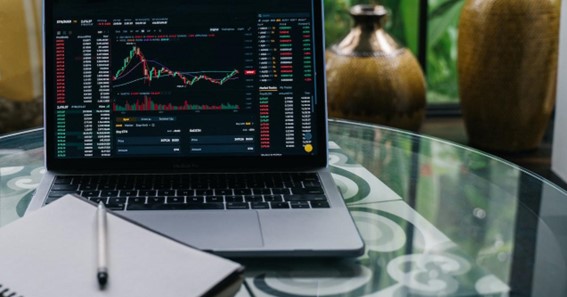Before you jump into the stock market and start making investments to grow your wealth, you should focus on establishing your financial security. Having a diverse stock portfolio shouldn’t be your top priority when you have no savings in the bank and a surprise expense can upend your entire budget. But can’t you use your stock investments as a type of emergency fund? No.
Why Can’t You Use Stocks for Emergencies?
High-Risk Investments
Technically, your stock investments could provide you with enough profits to pay off a surprise expense. But there’s no guarantee that they will. Remember that stocks are high-risk investments. You’ll have no idea whether your stock investment will be thriving or if it will be plummeting in value in the upcoming months. You can’t be sure that it’ll be valuable enough to be useful when an emergency expense pops up out of the blue. It could be too low to cover the costs.
In that case, you won’t have enough savings or gains from your investment to pay off your emergency expense. You’ll have to consider a different solution to manage the expense in a short amount of time, like a personal line of credit. You could go to a website like CreditFresh to apply for a personal line of credit loan. With an approved personal line of credit loan, you could use borrowed funds to cover the emergency expense as soon as possible. Once the emergency was behind you, you could make steady repayments for the line of credit loan until you settle everything owed.
Not Liquid
Even if your stock investment is valuable enough to pay off your emergency expense, you can’t use it right away. It’s not liquid. You will have to sell/trade your investment so that you can access its cash value. Then, that cash value has to be transferred to your relevant bank account (after paying fees) so that you can access it via cash withdrawal, card payment, check or electronic transfer.
When an emergency expense hits, you’ll need to react right away. You don’t want to go through a lengthy process to access your funds. You’ll want to make a payment quickly. This is why an emergency fund is so useful in these circumstances. The savings inside the fund are liquid and easily accessible.
Undermining Growth
Another problem with using stocks to pay off emergency expenses is that you’re undermining your stock’s growth. What if it continues to go up? If you sell too early, you could be losing out on major investment gains. You’ll be diminishing your chances to build wealth.
Building an Emergency Fund
You should build yourself a substantial emergency fund before you start exploring the stock market and becoming a regular investor. An emergency fund is a crucial safety net that you can rely on in your worst moments, whether you get a surprise household repair or you get a surprise pink slip from your employer. The savings in your emergency fund can help you cover urgent expenses that are outside of your budget and keep you afloat when your regular stream of income is disrupted.
With this fund in your financial portfolio, you’ll have financial security, even when life gets rocky.
Click here – GENERAL GUID COMMERCIAL OUTDOOR FURNITURE
Where should you build your emergency fund?
Ideally, you should put it in a high-yield savings account. High-yield savings accounts typically have annual percentage yields between 2-5%. In comparison, a basic savings account will have an APY under 1%.
As long as the bank of your high-yield savings account is FDIC insured, your deposits will be covered for up to $250,000. So, your money won’t disappear, even if the bank fails. You won’t lose out on your savings. This is one of the qualities that makes high-yield savings accounts low-risk investments for beginner investors to take on.
Finally, high-yield savings accounts are accessible. Those funds will be liquid, so you can respond to an emergency expense right away. You don’t have to jump through any hoops.
Never treat your stock investments as replacements for an emergency fund. There are no proper substitutions for this financial safety net. Start building your fund now.
